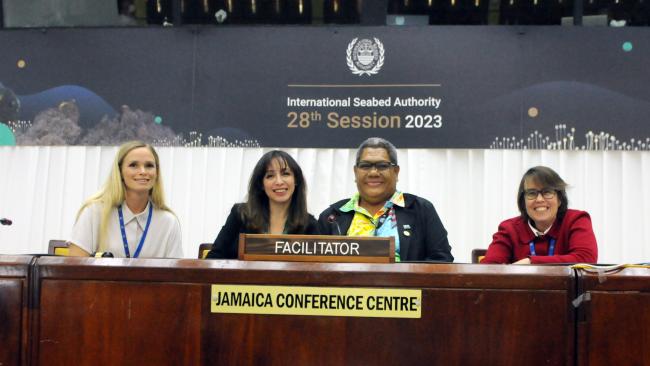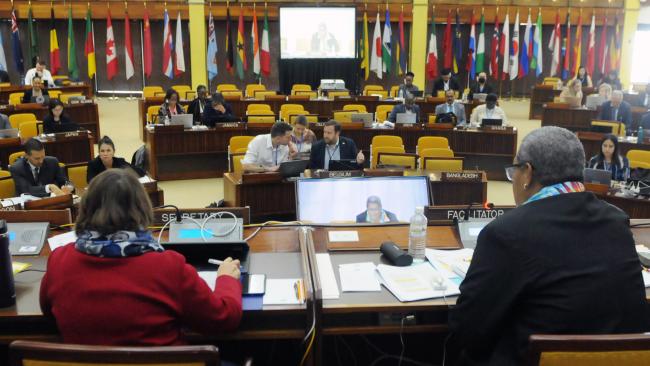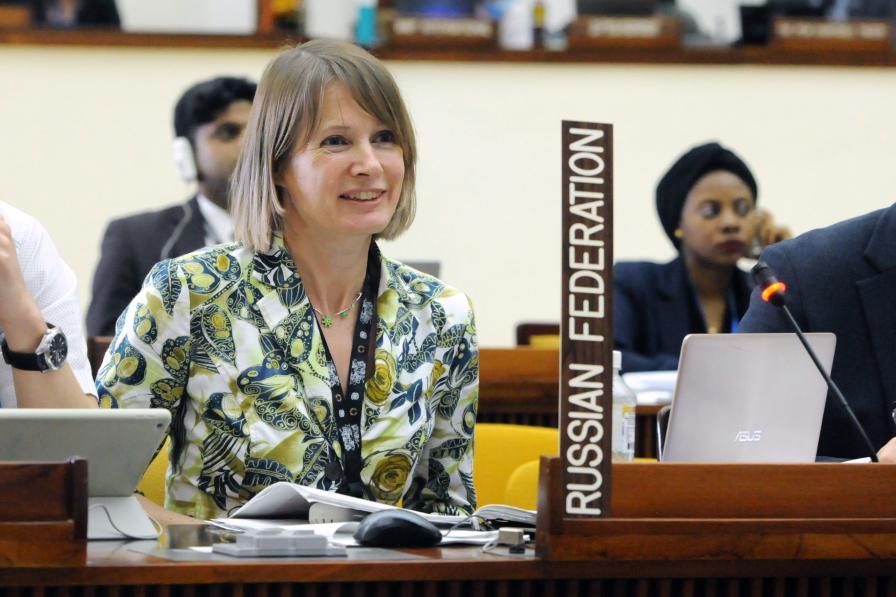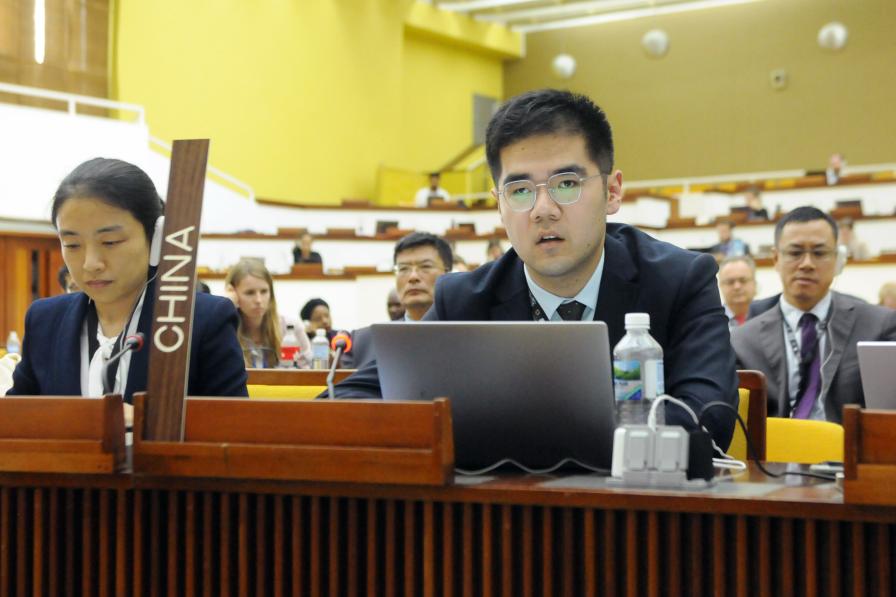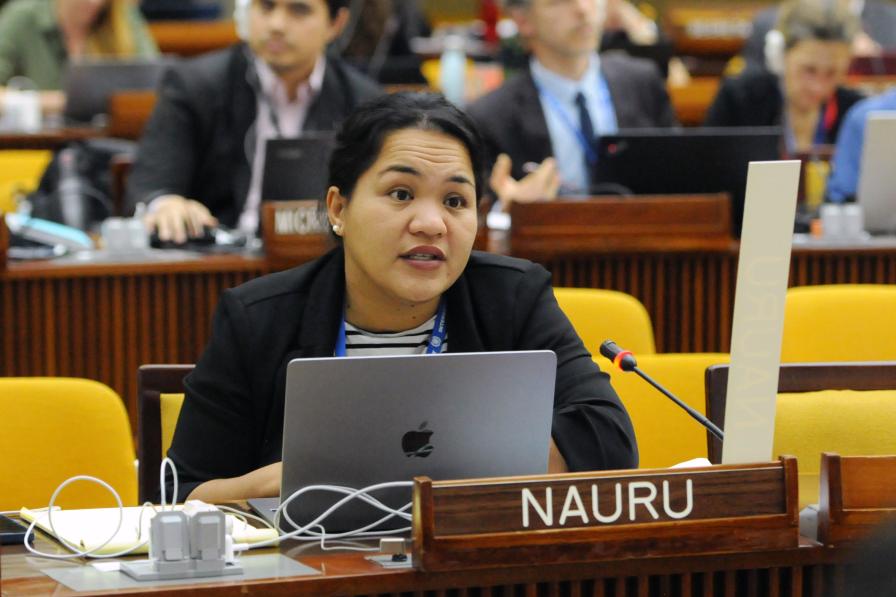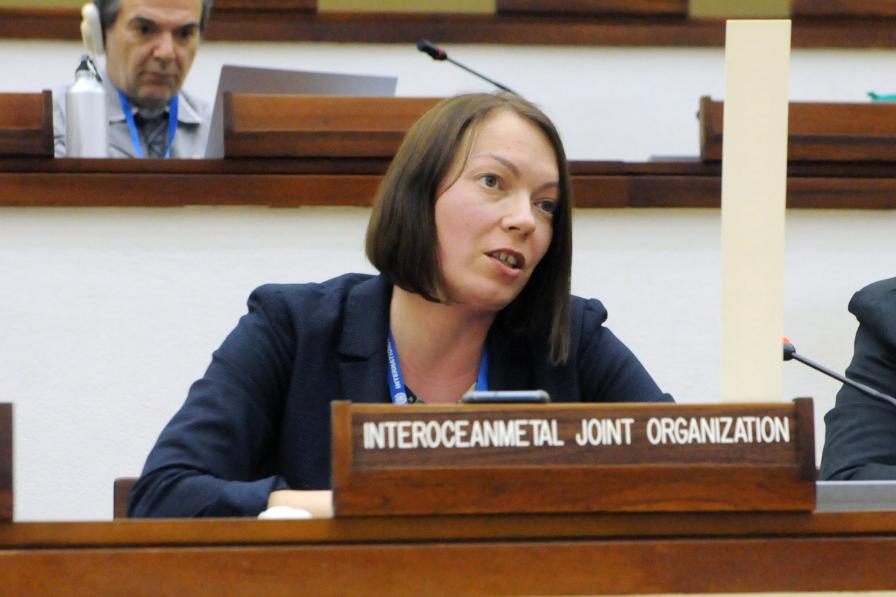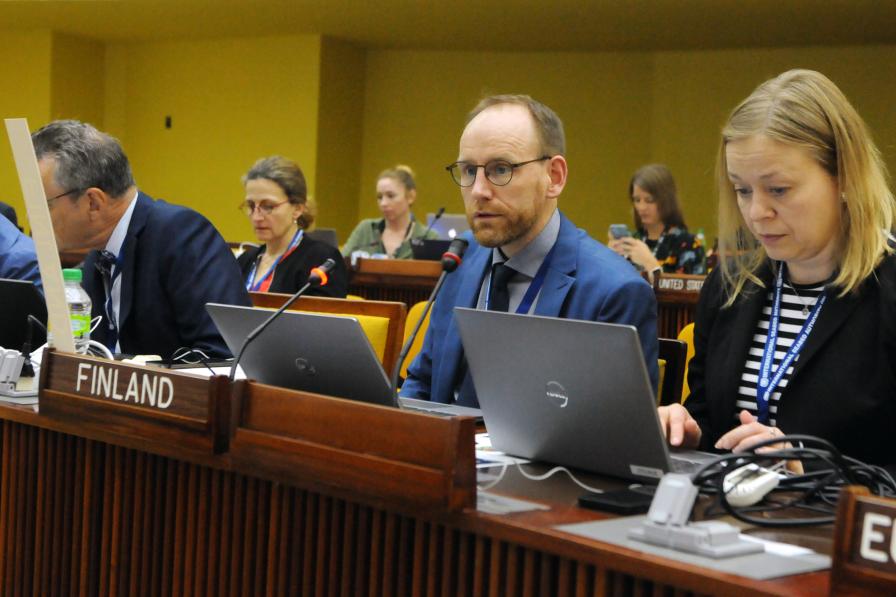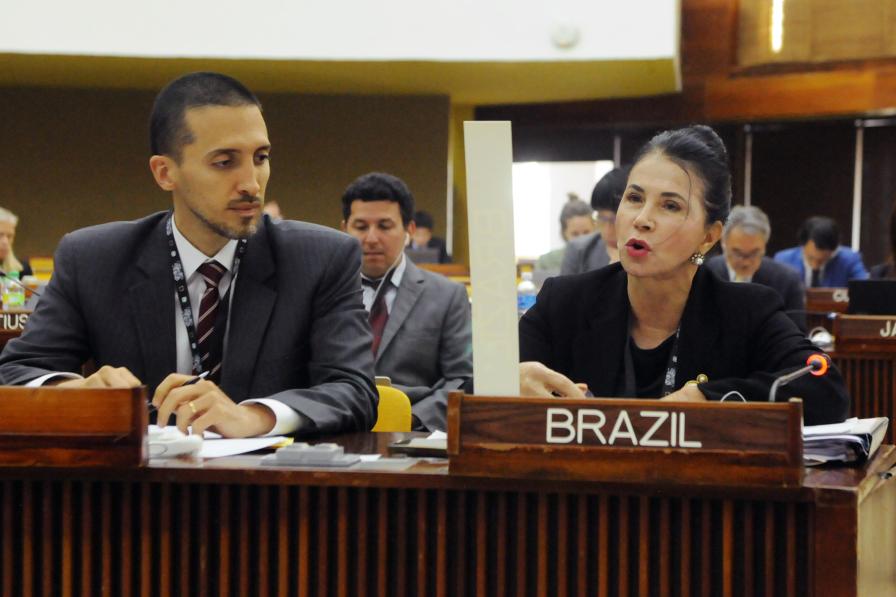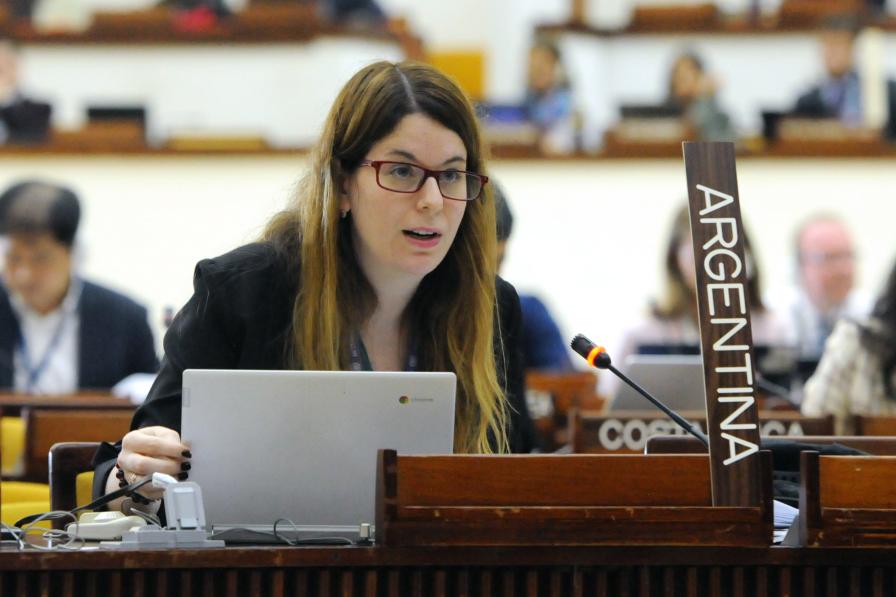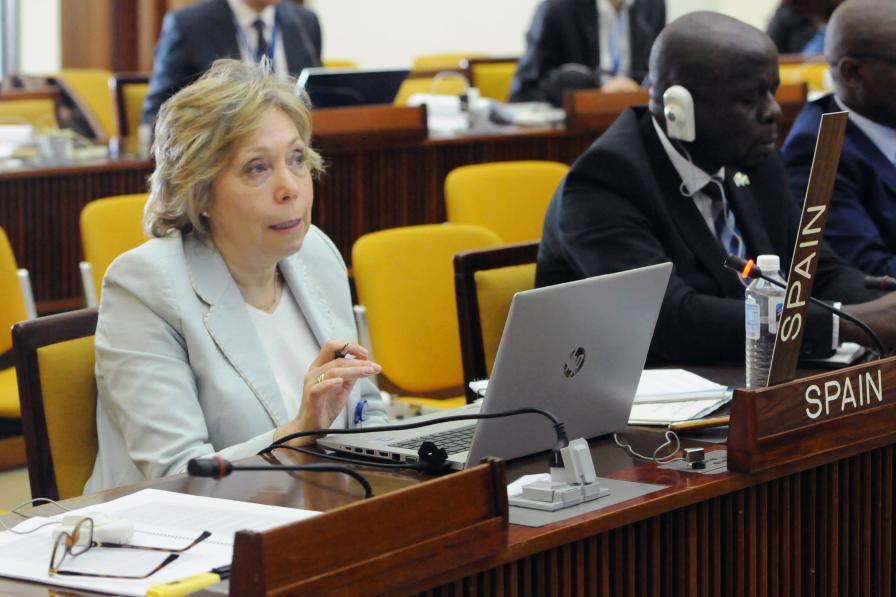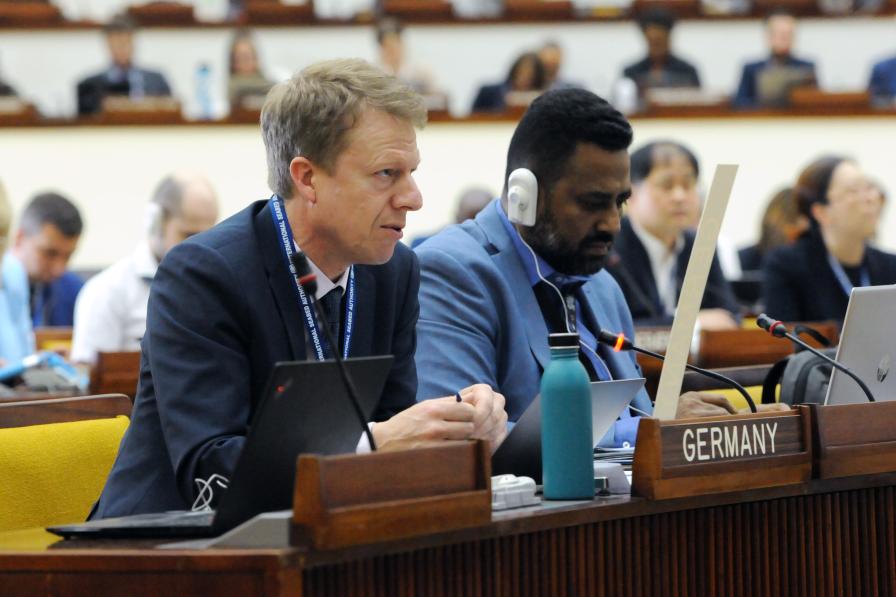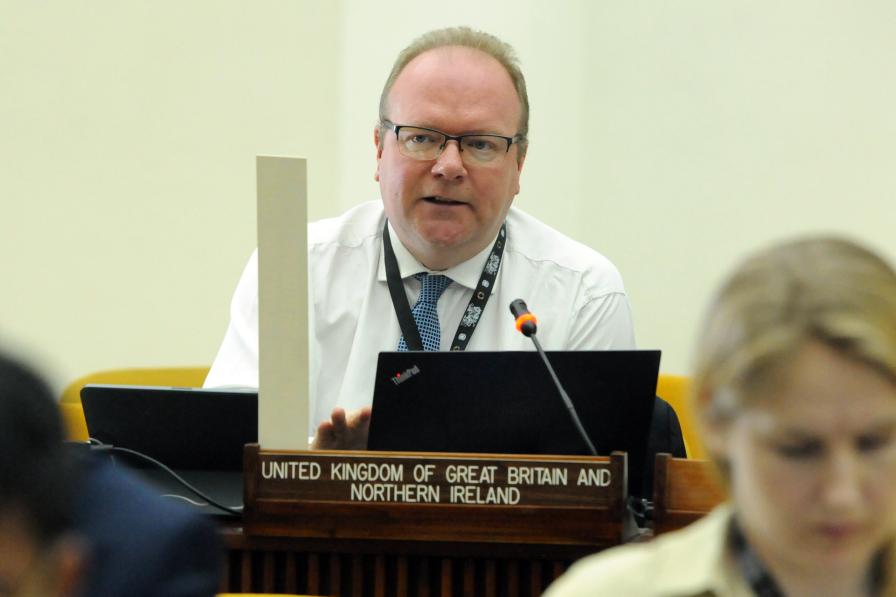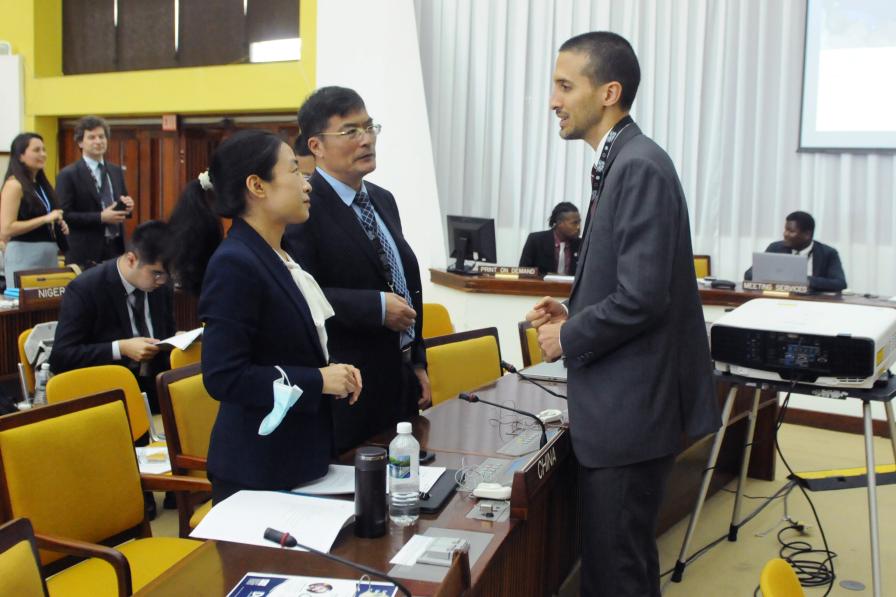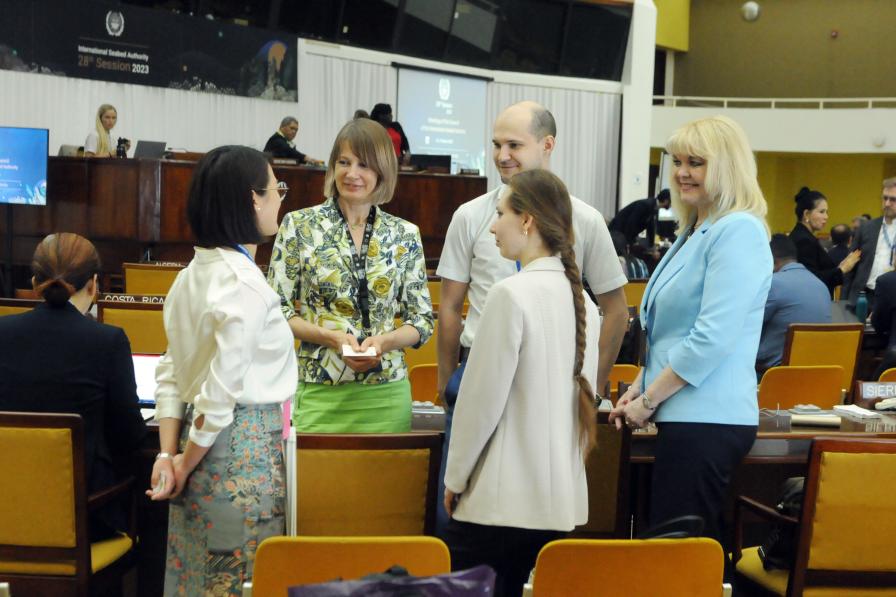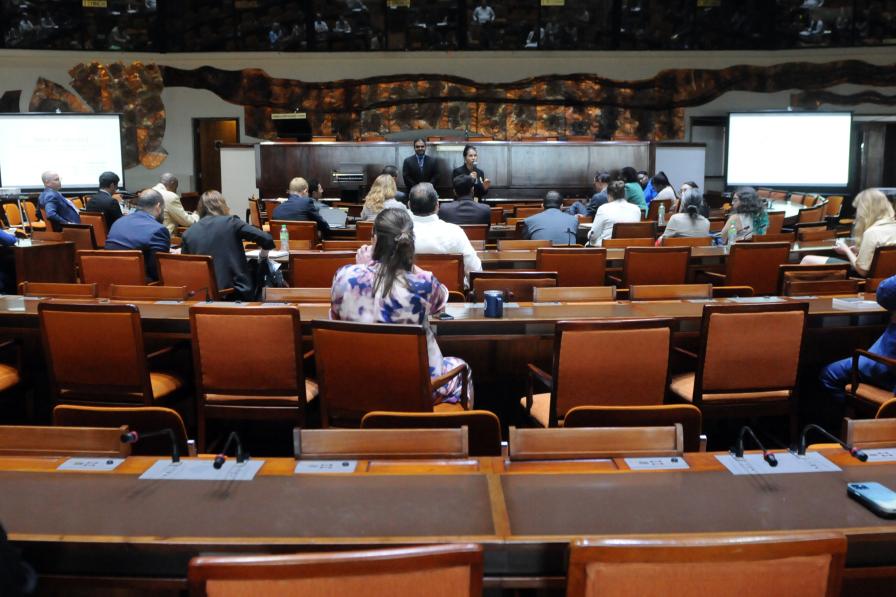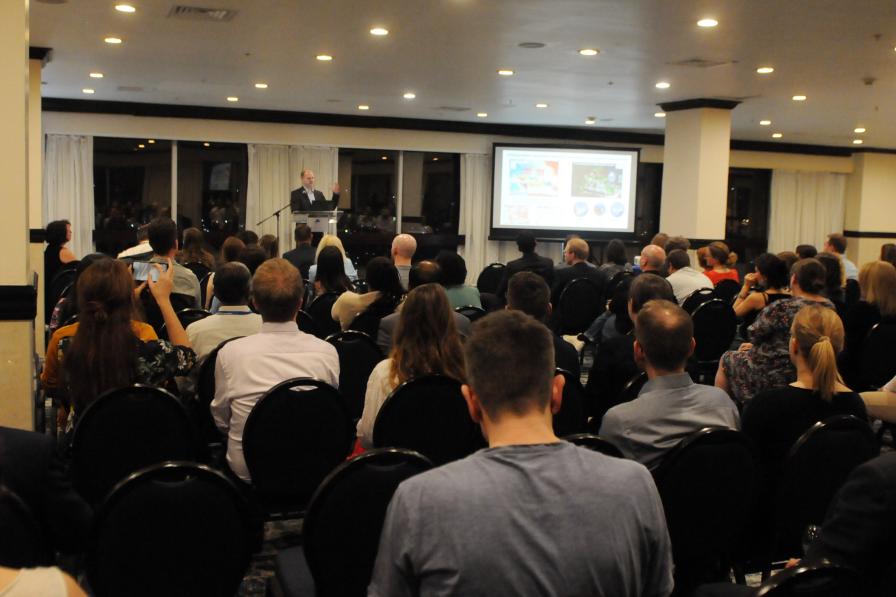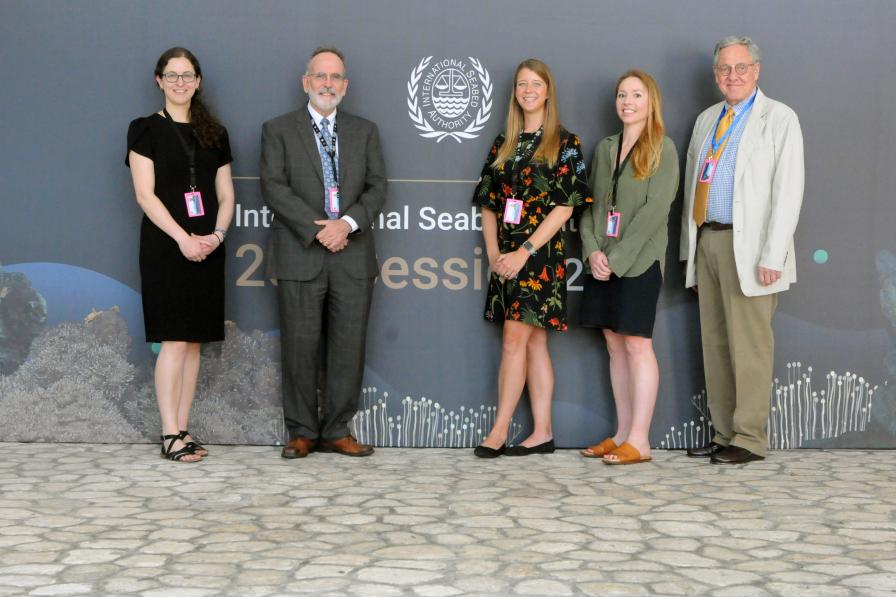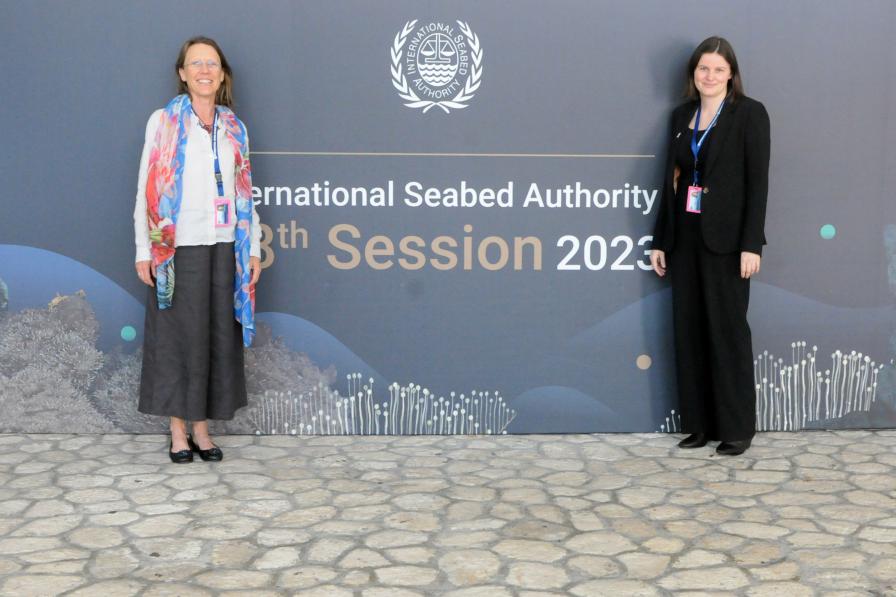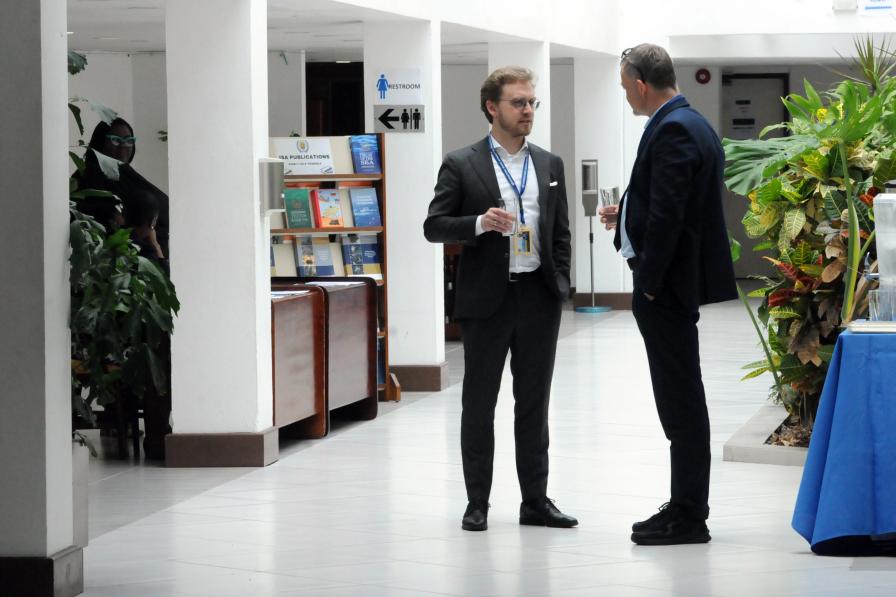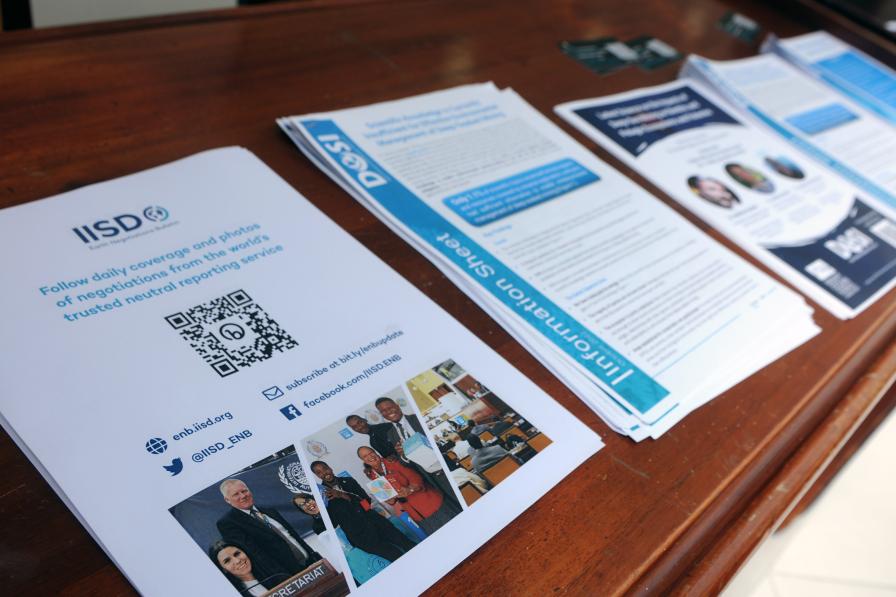The Informal Working Group on the protection and preservation of the marine environment of the Council of the International Seabed Authority (ISA) concluded its deliberations on Wednesday, addressing draft regulations on the closure plan of exploitation activities as well as five annexes and the schedule, which includes definitions of relevant terms. The session was facilitated by Raijeli Taga (Fiji).
On the closure plan, regarding the inclusion of a reference to restoration or rehabilitation commitments, delegates and observers stressed that, at present, successful outcomes of these commitments are not scientifically possible in the deep sea, and suggested adding that these measures can be applicable if, in the future, they become feasible.
Regarding the final closure plan: cessation of production, a few delegations and one observer called for developing provisions for cases in which a contractor does not submit the final plan, does not modify it with the received recommendations, if it is not approved, and/or not implemented.
On post-closure monitoring, some delegations suggested including an interim step, in which the Legal and Technical Commission (LTC) recommendations would be put before the contractor to be addressed, prior to the Council taking a decision. An informal working group will address the closure plan intersessionally.
Delegates addressed details on the environmental impact statement (annex IV).
Following a relevant suggestion by Facilitator Taga, many delegates agreed that some of the technical details should be addressed under standards and guidelines, noting that further discussions will be needed. A delegate noted that all provisions that will require updating and are legally binding should be covered under standards. An intersessional working group was formed to further address the issue.
On the content of an environmental impact statement, many delegations supported including reference to residual impacts, the expected recovery rate of the marine environment impacted, and anticipated and cumulative impacts, including sociocultural ones. Different views were expressed regarding references to Ecologically and/or Biologically Significant Areas (EBSAs) and Area-based management tools (ABMTs). Some delegations welcomed their inclusion, while others stressed the differences in their legal status and nature.
Delegates further addressed sections on:
- description of the proposed project;
- the description of the existing physiochemical and geological oceanography;
- the description of the existing biological environment;
- existing human activities;
- assessment of impacts on the physical, chemical, and geological environment and proposed mitigation;
- the assessment of impacts and environmental effects on the biological environment and proposed mitigation;
- the assessment of impacts on the socioeconomic and sociocultural environment and proposed mitigation;
- hazards arising from natural, accidental, and discharge events; and
- environmental management, monitoring, and reporting.
On the scoping report (annex IV bis), some delegates supported summarizing gaps and baseline knowledge, considering reasonable alternatives, proactively further identifying a preliminary list of stakeholders as well as references to cultural heritage and traditional knowledge.
On the environmental management and monitoring plan (EMMP; annex VII), a regional group submitted a proposal detailing six monitoring parameters for the EMMP. Many delegates welcomed references to impact reference zones (IRZs) and preservation reference zones (PRZs).
On the closure plan (annex VIII), a regional group highlighted the need for a definition of a temporary suspension of mining activities.
On design criteria for IRZs and PRZs (annex X ter), a couple of delegates stressed the need to ensure that the requirements for IRZs and PRZs align with the corresponding ones in the exploration phase. A delegate stressed that if an area includes sub-areas with separate ecological requirements, each sub-area will require separate reference zones. Another suggested including ease of sampling and species abundance as additional criteria to indicate the suitability of a species as an indicator. An observer stressed the need to include in the PRZs description a buffer zone similar to the areas of particular environmental interest.
On the schedule, including use of terms, a delegate noted that environmental “impact” and “effect” are not differentiated in the draft regulations, and further offered a definition of cumulative effects. An observer pointed to the definition of cumulative effects in the Agreement under the United Nations Convention on the Law of the Sea on the conservation and sustainable use of marine biological diversity of areas beyond national jurisdiction (BBNJ Agreement). Opinions diverged on whether the definition of environmental effect should include reference to underwater cultural heritage. On the same definition some delegates opposed referring to “material” consequences.
Many delegates thanked Facilitator Taga for her hard work leading the process. She thanked all for their contribution, noting progress, and highlighted important intersessional work.
At lunchtime, an event organized by the Latin American and Caribbean Group focused on legal aspects of the “two-year deadline,” which refers to the submission of a plan of work for exploitation prior to the completion of the exploitation regulations. The issue will be addressed by the ISA Council on Friday, 24 March.
In the evening, an event organized by DOSI provided an update on the latest science on the impacts of deep-sea mining on benthic and pelagic ecosystems and fisheries. Among the key points presented were that deep-sea mining will impact benthic ecosystem functions and biodiversity for hundreds to thousands of years as well as that gaps in our knowledge remain for both baseline and monitoring actual midwater impacts on ocean life.
Text written and edited by Asterios Tsioumanis, Ph.D., María Ovalle, and Pam Chasek, Ph.D.
All ENB photos are free to use with attribution. For the 1st Part of the 28th Annual Session of the ISA, please use: Photo by IISD/ENB | Diego Noguera
To receive free coverage of global environmental events delivered to your inbox, subscribe to the ENB Update newsletter.

